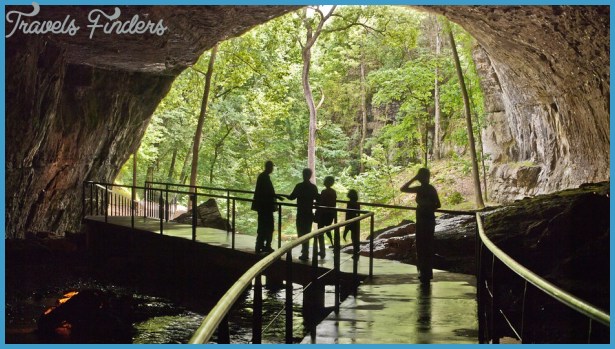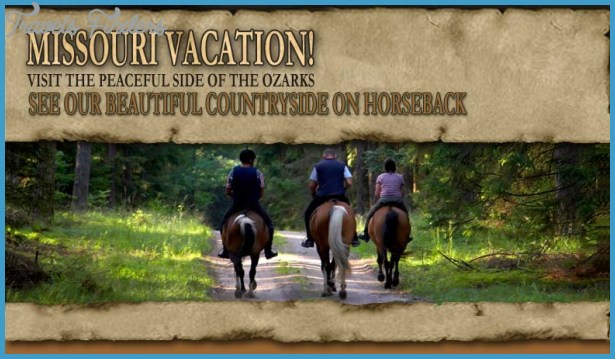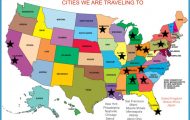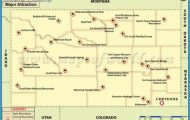Missouri cultural contributions
In response to the rapid growth of Latinos in the state, the Catholic Church particularly through the St. Louis Archdiocese and the Diocese of Kansas City
and St. Joseph has historically aided the Latino community, and it has been involved in acknowledging the diversity of Latino culture. In 1919 the Guadalupe Center Inc. which was named after the patron saint of Mexico, became the cornerstone of the Latino community within Kansas City. On the west side of Kansas City, different catholic organizations in the early 1920s established volunteer schools and clinics for disenfranchised Mexican migrants. During the 1960s, the St. Margaret of Scotland Church, in south St. Louis, brought Cuban refugee families to live and work in St. Louis.
Spanish-language magazines as well as Latino sports leagues, festivals, parades, and cultural institutions date back to the early 1930s in Missouri’s history. For example, in May 1936 a group of Mexicans formed the Sociedad Mexi-cana Benito Juarez de St. Louis named after the late Mexican president to promote and preserve Mexican tradition and culture through Mexican national fiestas such as Cinco de Mayo and Independence Day (September 16). Over the decades, the community has addressed the increase in the size and prominence of its Latino population by creating social and cultural organizations, including the Sociedad Hispano-Americana de St. Louis, that stabilize Latino community life in the state.
In 1990 Yolanda Jorge, a Mexican-born migrant, created a local nonprofit organization, Grupo Latinoamericano, in the southwest of Missouri. Grupo Latinoamericano currently provides volunteer and education services to Latino communities in the region. Yolanda Jorge and Frank Soriano created the first Latino magazine in Missouri, Enfoque.
Several key organizations have formed to address the needs of Latinos communities such as the ALIANZAS project at the University of Missouri at Kansas City, the League of Latin American United Citizens (LULAC) Regional Office, La Council de la Raza, Hispanic Leaders Groups of St. Louis, and grassroots groups such as the Hispanic Economic Development, Westside CAN, and the Council of Hispanic Organizations (COHO). Bilingual magazines such as the Kansas City-based Dos Mundos have emerged across the state.
The academic community responded to the demographic changes by convening an annual conference Cambio de Colores (Changes of Colors) in Columbia, Missouri. Participants from across the region have gathered since 2002 to engage in intellectual debates about the needs and issues concerning migrants of Latin American descent. In 2004 the Cambio Center was established as a research institution at the University of Missouri at Columbia.
Latino students at Missouri’s universities have organized to provide a social and cultural environment for Latino students and to increase awareness of the Latino community through several organizations, including the Hispanic American Leadership Organization (HALO), the Cuban American Students Undergraduate Association, and the Society of Professional Hispanic Engineers.
From 1871 to 1950, there were only 54 Latin Americans playing professional baseball in the United States.9 But in the 1950s, African American Jackie Robinson’s participation in the National Baseball League prompted team owners to recruit outside the United States, notably in Latin America and the Caribbean. In Missouri the St. Louis Cardinals and the former Kansas City Monarchs recruited a number of Latinos from Puerto Rico, the Dominican Republic, and Cuba.
notes
1. Sheppard, 1993, 50-52.
2. The earliest record of a Mexican national working in Kansas City dates back to 1861, when Miguel Antonio Otero founded the largest land freight company then in existence in the United States. Driever, 1996.
3. Driver, 1996.
4. In 2000, Kansas City and its environs counted 35,150 Latinos, and St. Louis 21,850, for a total of 57,000, or 48 percent of the total Latino population in the state. Hobbs, 2002.
5. Hobbs, 2002.
6. Suro and Singer, 2002.
7. Corey, 2000.
8. Lazos-Vargas and Jeanetta, 2002, 19.
9. Regalado, 2002, 162-176.














